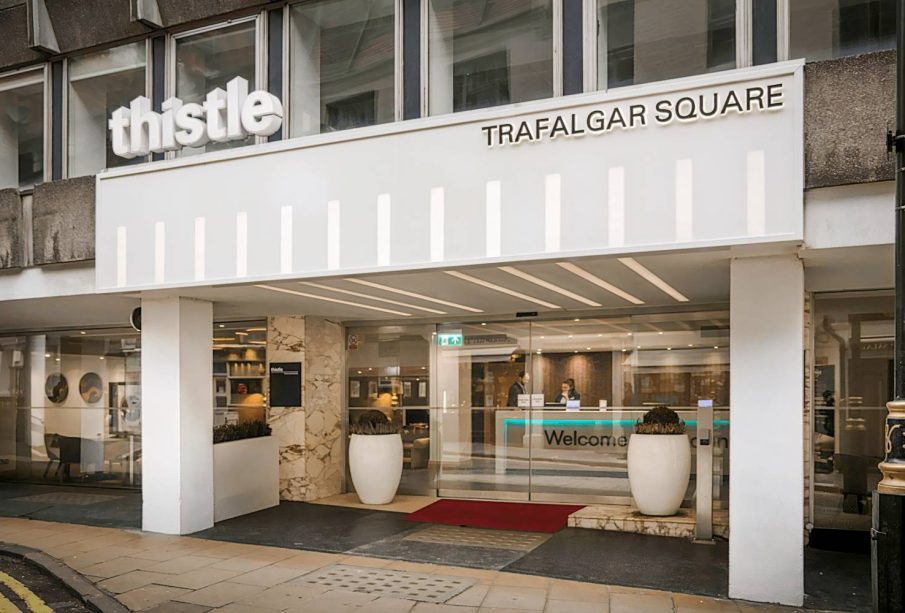Trafalgar Square: London’s Iconic Landmark and Cultural Hub

Introduction
Trafalgar Square, located in the heart of London, stands as one of the city’s most famous landmarks, attracting millions of visitors each year. Its historical significance, breathtaking architecture, and role as a cultural hub make it a vital part of London’s identity. The square commemorates the British naval victory at the Battle of Trafalgar in 1805 and serves as a gathering site for both celebrations and protests, reflecting the dynamic social fabric of the United Kingdom.
Historical Significance
Trafalgar Square was officially opened in 1844, after being redesigned by Sir Charles Barry. The centerpiece of the square is Nelson’s Column, erected in honour of Admiral Horatio Nelson, who died at the Battle of Trafalgar. Surrounded by four lion statues, the column attracts not only tourists but also serves as a backdrop for various events throughout the year. It reflects not only military history but also the broader narrative of British maritime dominance.
Recent Events
Recently, Trafalgar Square has witnessed a surge of public gatherings. Following changes in restrictions due to the ongoing global pandemic, the square hosted several large-scale events, including cultural festivals and public demonstrations. The Black Lives Matter movement and climate change rallies have drawn significant crowds, showcasing the square’s role as a vital space for public discourse and activism. In December 2022, the square also saw the return of its traditional Christmas festivities, featuring a towering Norwegian spruce, which has been a gift from Norway since 1947, symbolising continued partnership.
Current Developments
As London continues to evolve, Trafalgar Square remains a focal point for new developments. Plans have been unveiled to enhance pedestrian access and safety in the square, promoting a more inclusive environment for both locals and visitors. The proposal includes reducing vehicle traffic around the square and increasing green spaces to improve air quality. Local authorities are also considering the incorporation of digital displays to showcase London’s varying cultural events and messages.
Conclusion
Trafalgar Square is not just a historical landmark; it embodies the spirit of London and its people. The square’s ongoing significance as a site for remembrance, celebration, and expression demonstrates its integral role in British society. As it continues to adapt and thrive, Trafalgar Square will undoubtedly remain a focal point for future generations, representing the resilience and evolving culture of London.









